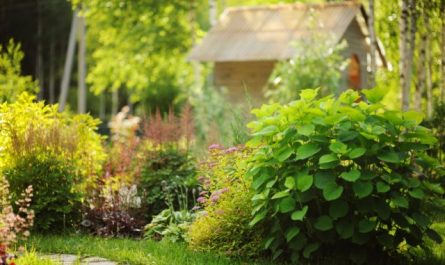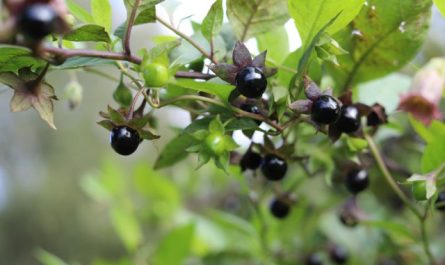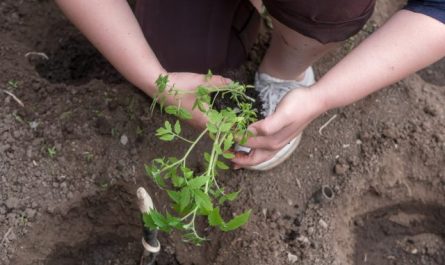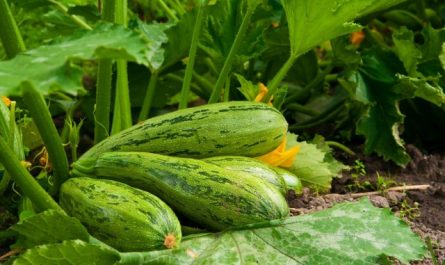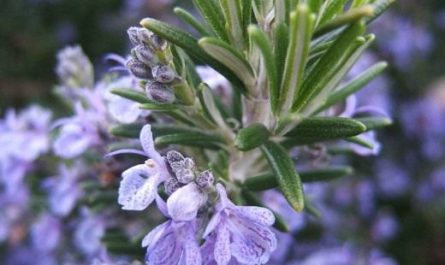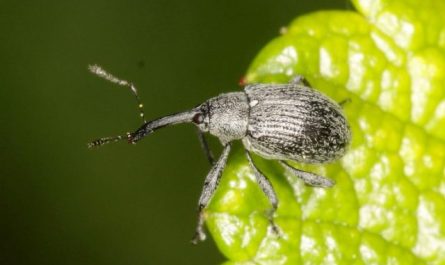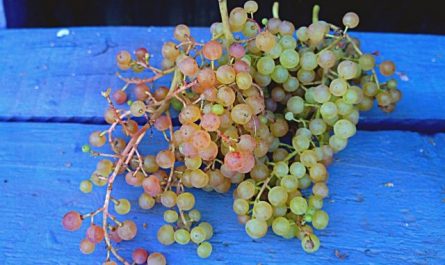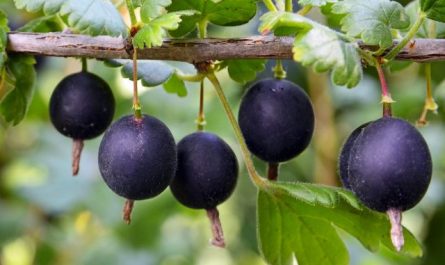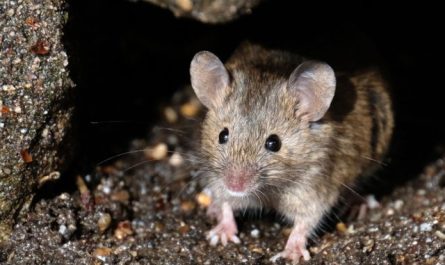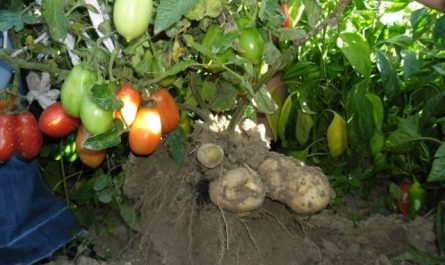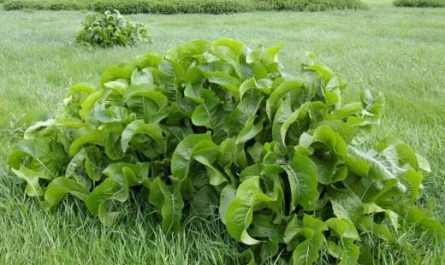Many songs have been composed about the trees of our Motherland, but we hardly have another “song” tree like the Russian rowan, as it is popularly called. Botanists have casually dubbed it the common rowan. However, perhaps this was the way to do it, so that this rowan, common to our country, which is widespread throughout the forest and forest-steppe zone of the European part of Russia, could be more easily distinguished from the thirty-three other species that also grow in our forests.
In the temperate zone of the globe, experts count 84 species and many hybrid forms of rowan. And yet, the common rowan occupies the most honorable place in this large family. Its slender greenish-golden trees with a round, compact crown and white flowers can be seen in spring in many forests, on the streets, in parks and squares of cities, along railways and asphalt highways. In autumn, it is especially noticeable due to the red-orange fruits, the clusters of which hang among the lacy feathery foliage.

© Brosen
Rowan is also represented by a form with drooping, weeping branches, which is often found in parks and squares. This is one of the best decorative forms of the common rowan, which, in addition to the weeping, also has spherical and pyramidal crowns. The bright fruits of the rowan, which begin to ripen at the end of summer, are often called berries, although in their structure they correspond to the fruits of the apple tree. Rowan apples, each no more than a centimeter in diameter, are collected in shields-clusters of 25-40, and sometimes 50 pieces. Each of the apples contains 4,5, and sometimes 8 small seeds.
Rowan berries are tart, bitter-sour, and only frozen are they quite edible and tasty. They contain sugar (14 percent), malic acid, tannins, carotene (no less than in carrots) and vitamin C in almost the same quantity as in black currants, lemons or spruce needles. It is no coincidence that jams, compotes, kvass, vinegar, confectionery fillings and liqueurs have long been made from rowan berries.
We will not talk in detail about rowan as a medicinal plant, as a source of food for birds and even cattle, and its wood. But we cannot help but mention that rowan is a valuable fruit tree, and a good rootstock, and is important as an accompanying species in afforestation. It grows quickly in the first 15-20 years, in subsequent years its growth slows down somewhat. It bears fruit annually from the age of 8-10, lives up to 200 years. The fruit yield from one large tree reaches 10 centners.

© Krzysztof P. Jasiutowicz
It is impossible not to recall the closest relatives of the common rowan: domestic rowan from Crimea, bereka, or medicinal rowan, from the forests of the Carpathian region, Swedish rowan from Scandinavia. Domestic rowan produces large and tasty fruits, it is willingly grown in gardens. It is especially valued due to the medicinal properties of the bereka fruits. Its healing properties are reflected in the scientific name sorbus torminalis. In Latin, “torminalis” means healing stomach pain. Bereka wood is unusually beautiful and durable. The most fastidious furniture connoisseurs in the past ordered sets made of bereka. Bereka, like Swedish rowan, is decorative due to its original compact crown.
I. V. Michurin, who bred excellent varieties with large sweet fruits, gave a very high assessment of the common rowan at one time. Among them, the Michurin dessert, liqueur, black chokeberry, and pomegranate varieties are especially good. Now they are grown in many collective farm gardens. The rowan genus is multiplying, and thanks to the efforts of Soviet breeders, promising varieties have already been selected, although the common Russian rowan does not lose its fame.
Materials used:
- S. I. Ivchenko – Book about trees
